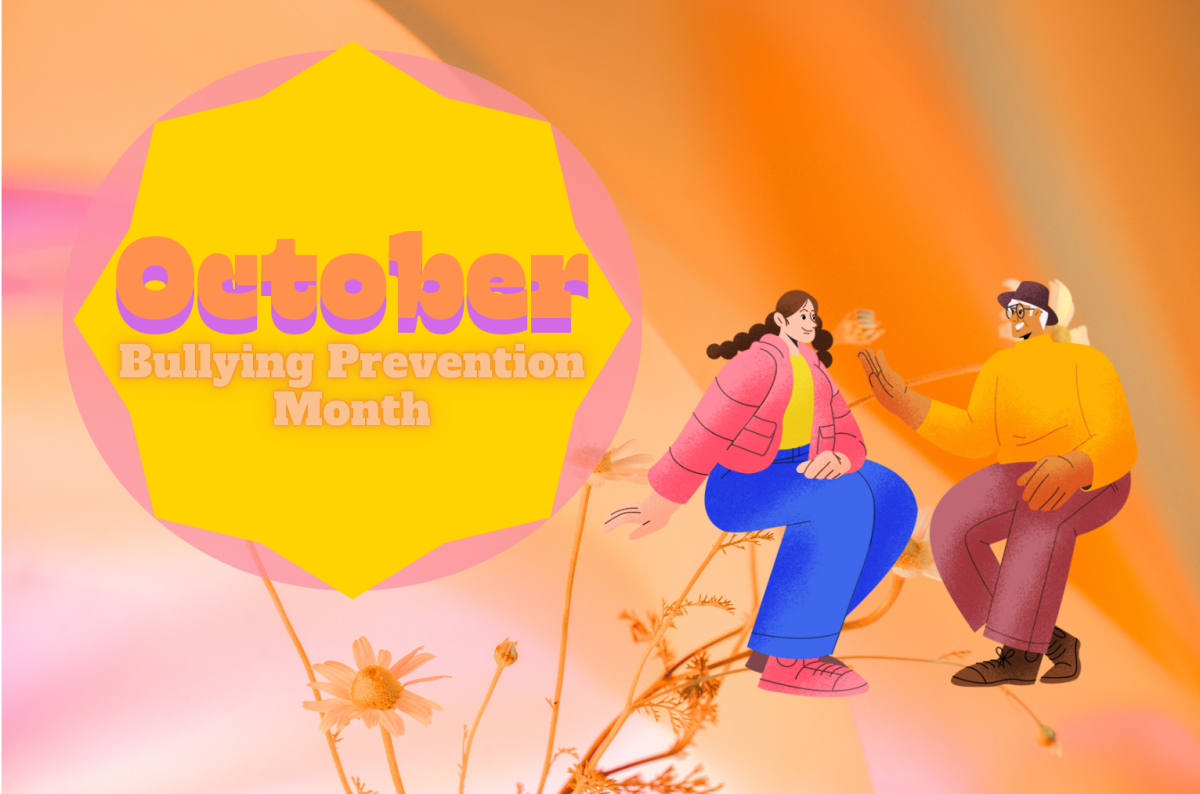In 2006, The National Child Traumatic Stress Network first declared October as National Bullying Prevention Month. Since then, October has been a time to acknowledge that bullying has devastating effects on children and families such as school avoidance, loss of self-esteem, increased anxiety, and depression.
Although October may not have a particular connection with bullying prevention, it still exists for the sole purpose of bringing awareness to this issue that has been existing for too long. Unfortunately bullying still exists to this day, although severity differs for all victims that experience this, fact still stands, the effects of bullying are the same overall.
“I think that people recognize that bullying presents a problem for our youth,” the School Psychiatrist, April Miller, said.
In 2015, The National Child Traumatic Stress Network reported that approximately 21 percent of students aged 12–18 experienced bullying at school during the school year. Among students in this age group, around 13% were subjected to name-calling or insults, 12% were targeted by rumors, 5% experienced physical aggression such as pushing or shoving, and 5% were deliberately excluded from activities. Additionally, 4% of students faced threats of harm, 3% were coerced into unwanted actions, and 2% had their property intentionally damaged by others.
“It’s like you’re looking for that power differential. You’re looking for more than one instance. Unless, it’s sometimes, it’s a big circumstance. If it’s a big offense and that one instance would be enough to call it bullying,” Miller said.
There are numerous factors that may drive students to bully others. Some typical reasons include seeking attention, feeling insecure, attempting to conform to a specific group, or even having been bullied themselves. Furthermore, some students may resort to bullying as a means of asserting power or dominance over individuals they view as vulnerable.
“For some people, it’s never going to be comfortable for them to stand up or confront someone who’s bullying them. And they may feel like that would just make things worse because it just keeps that interaction,” Miller said.
As a student, you have the power to make a real difference in bullying. One of the most effective ways to prevent and stop bullying is by being an ally to targeted people. This means standing up for them, speaking out when you witness bullying, and offering support. Additionally, spreading awareness about bullying can help create a more inclusive environment. You can start conversations with your peers, share information on social media, or even organize events at school that educate others about the effects of bullying. Every small action counts, and together, you can cultivate a community that promotes kindness and respect for everyone.
https://www.nctsn.org/resources/public-awareness/national-bullying-prevention-month#:~:text=October%20was%20first%20declared%20as,%2C%20increased%20anxiety%2C%20and%20depression.
The National Child Traumatic Stress Network
- October 8
- October 7Alexa Rodriguez (senior)
- October 6News Brief: Wylie way day follow up
- October 6
- October 6Brennan Bragvad (sophomore)
- October 5
- October 3Jonah Brill (junior)
- October 3The Anticipation of Taylor Swift's New Album
- October 3The Behind the Scenes of Halftime Performances
- October 3Preparing for the PSATS
87°
Wylie, TX

